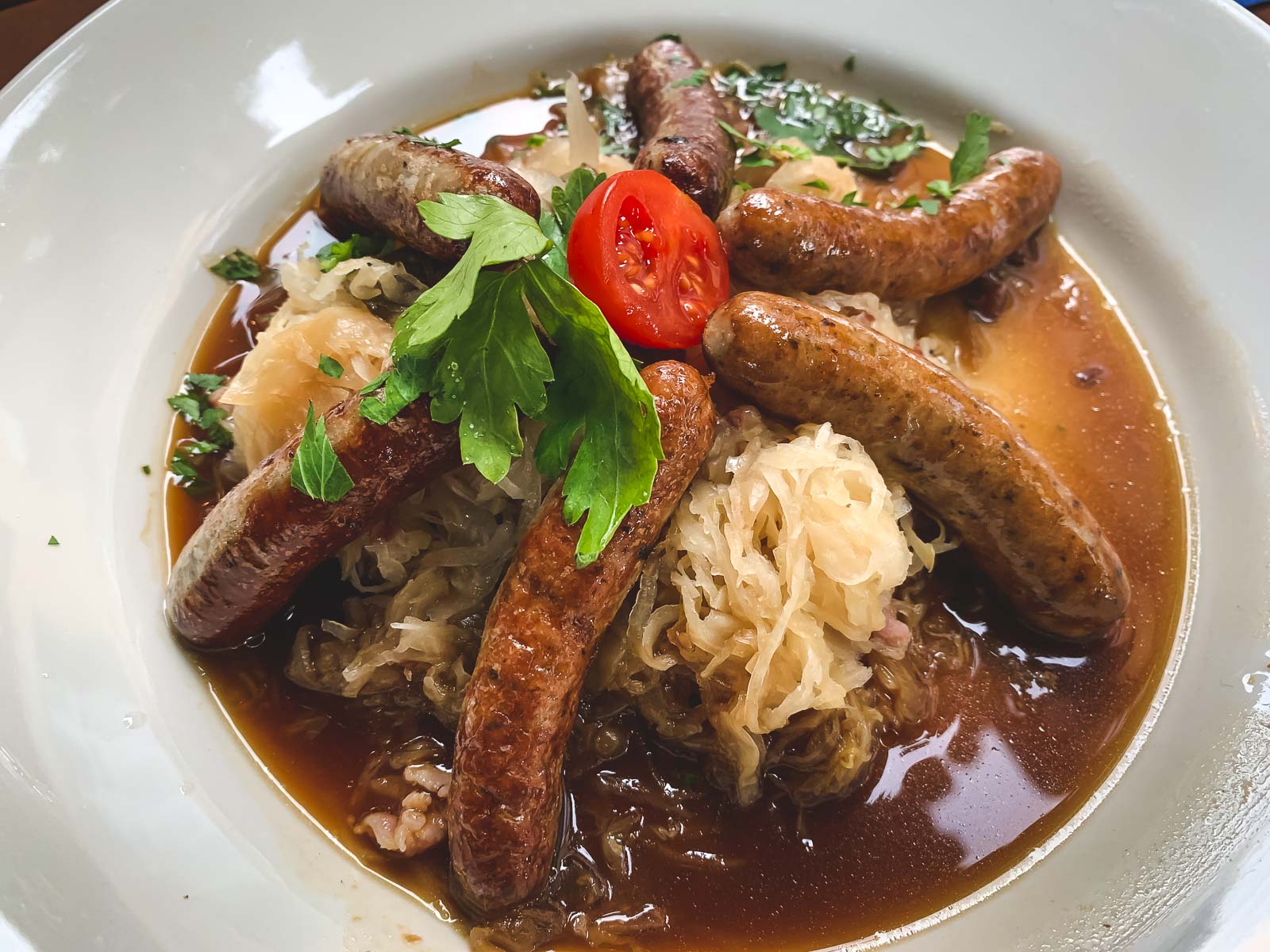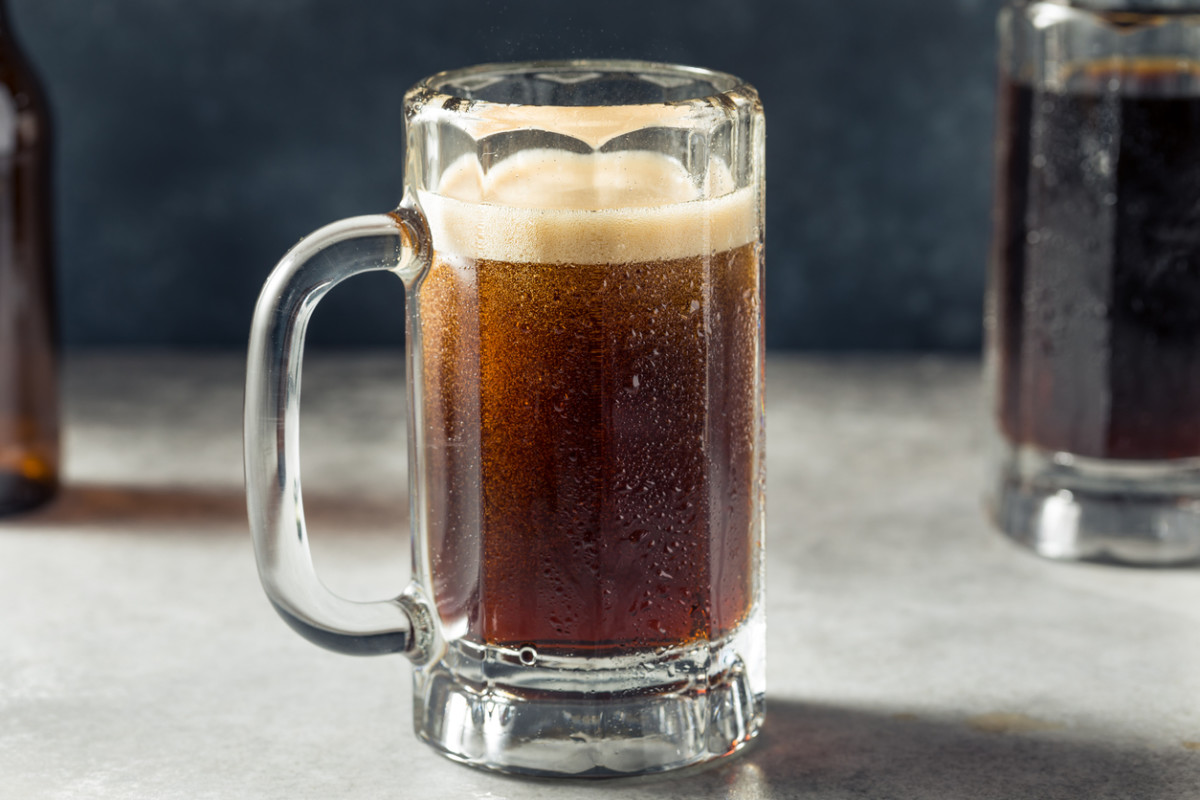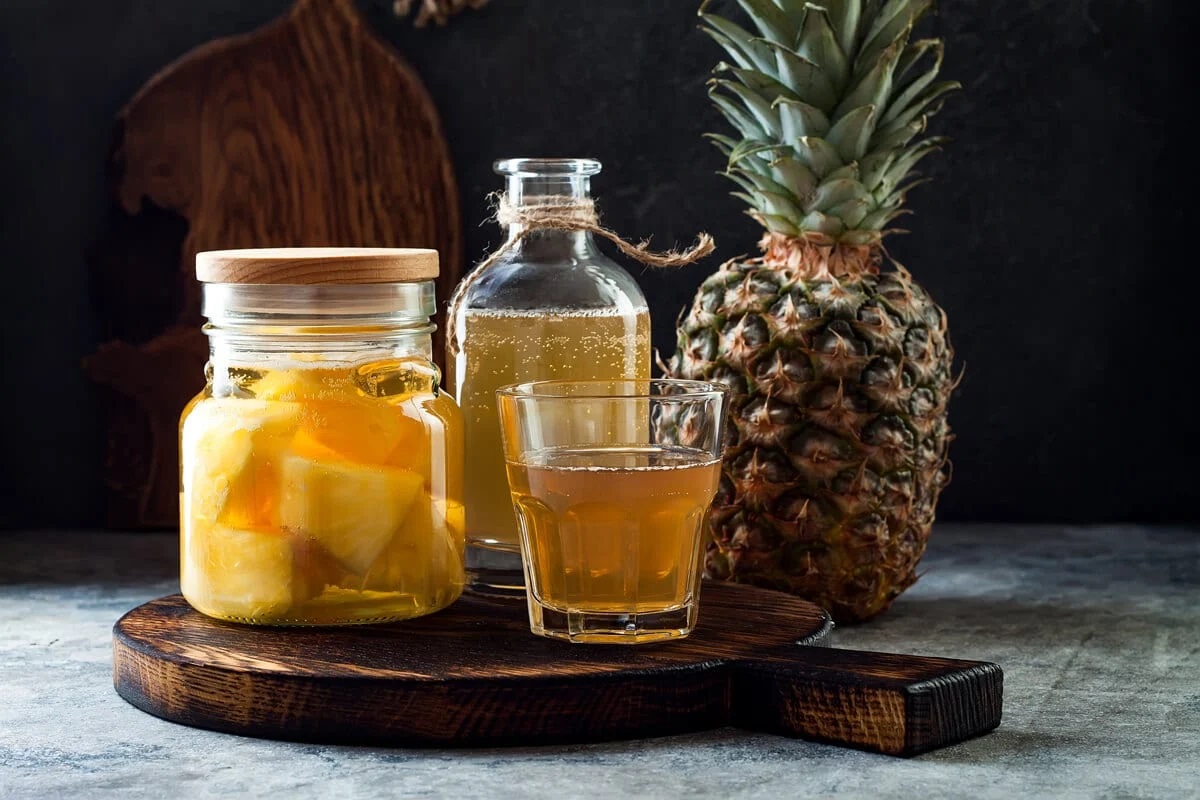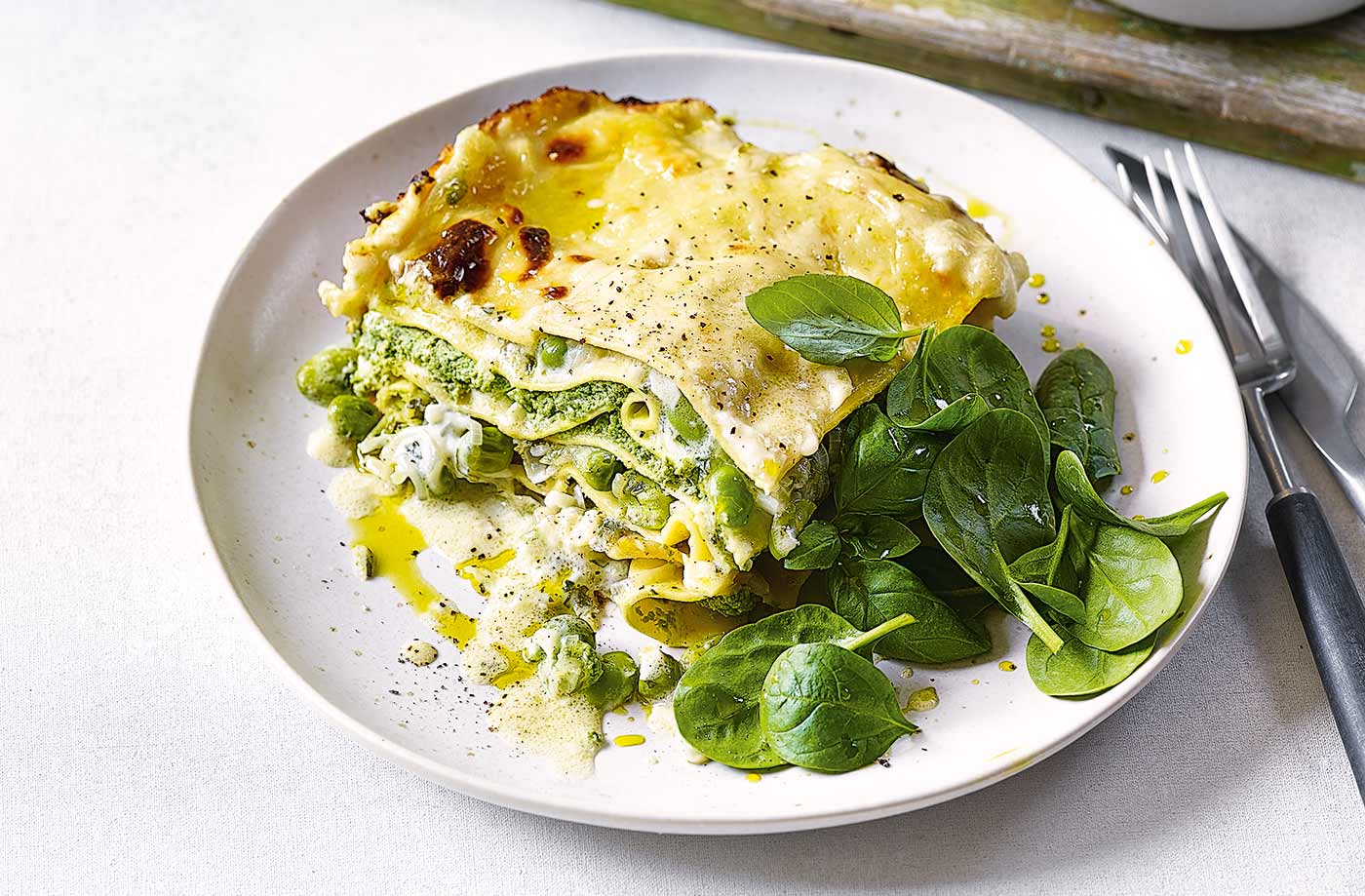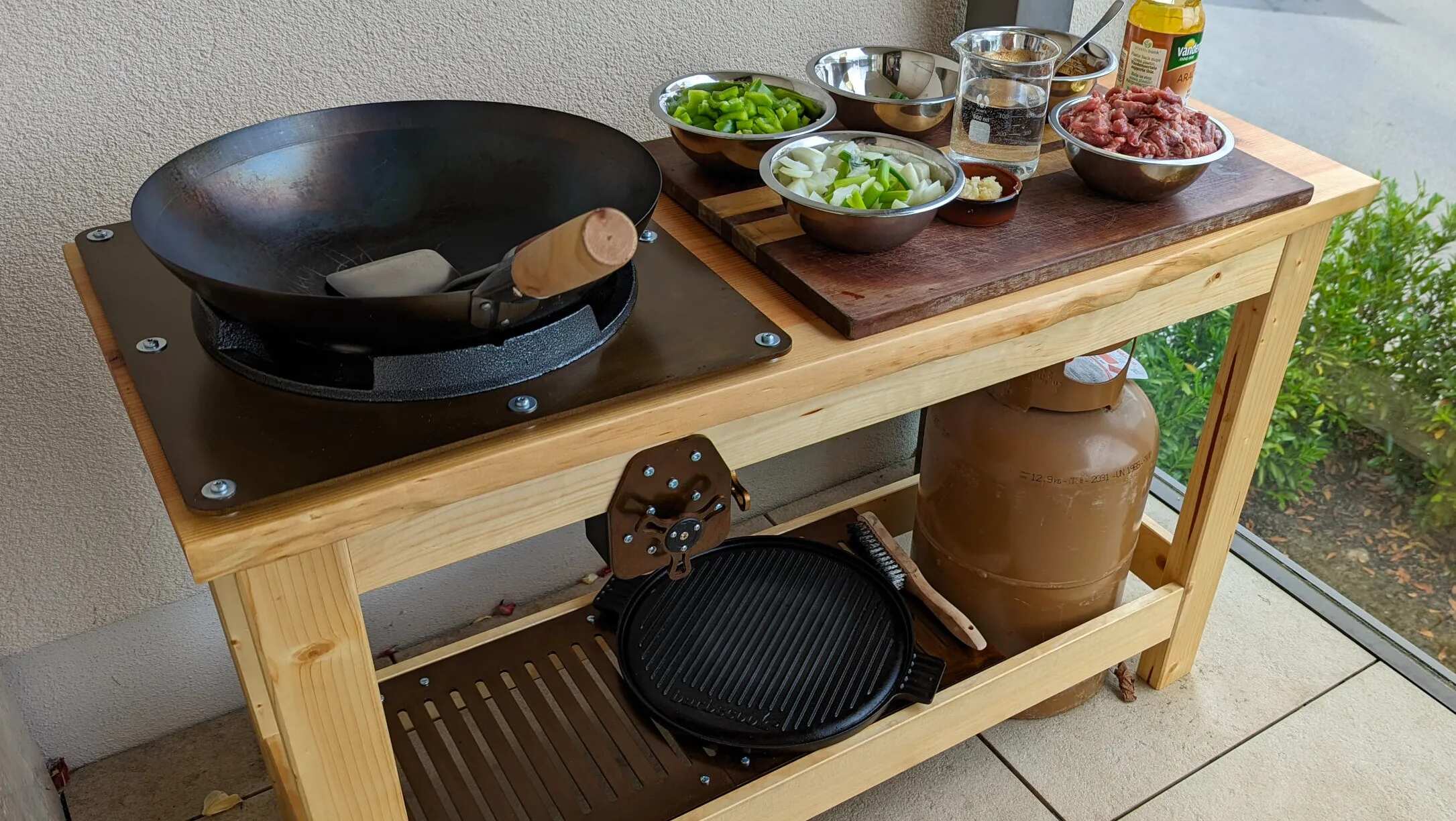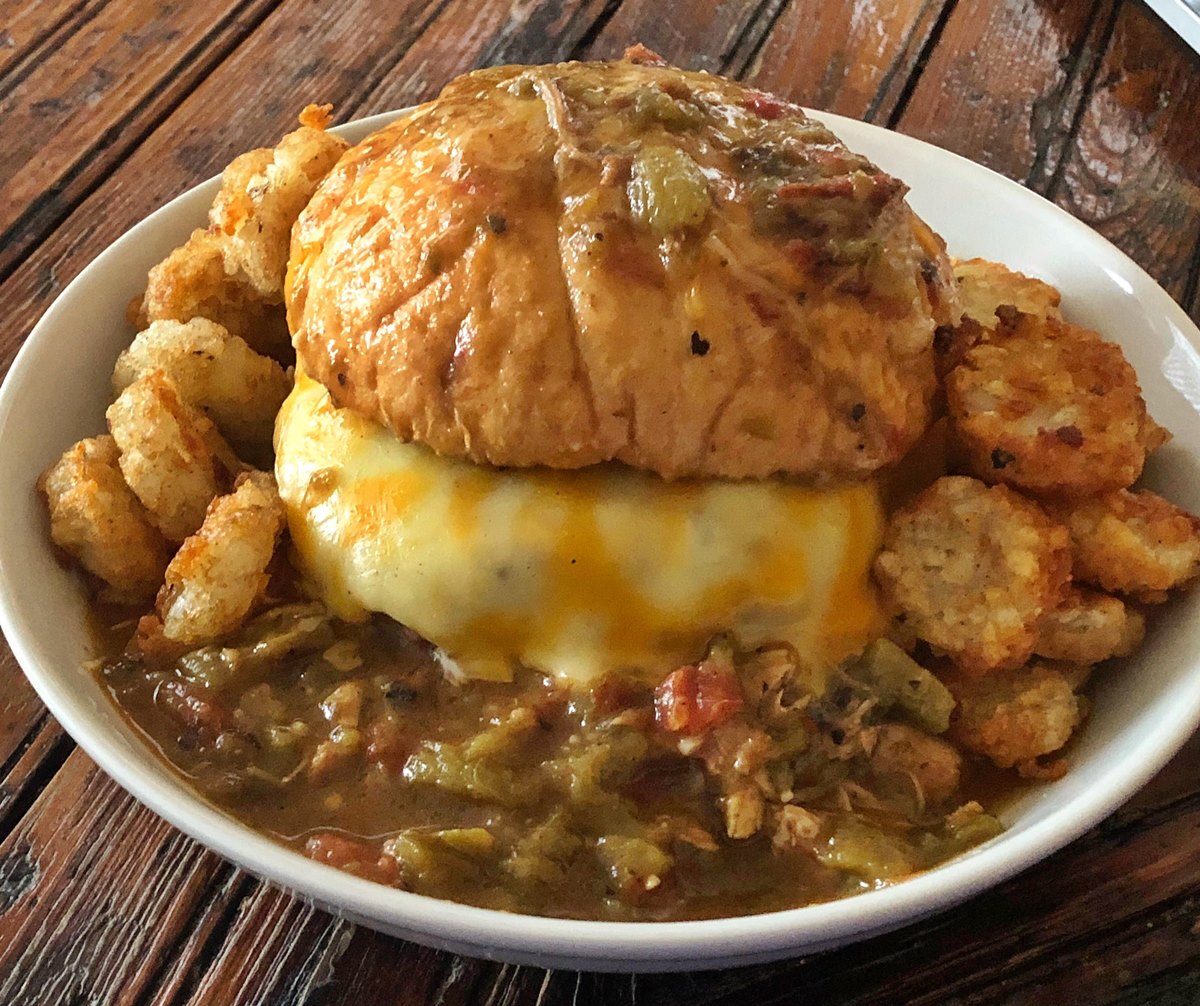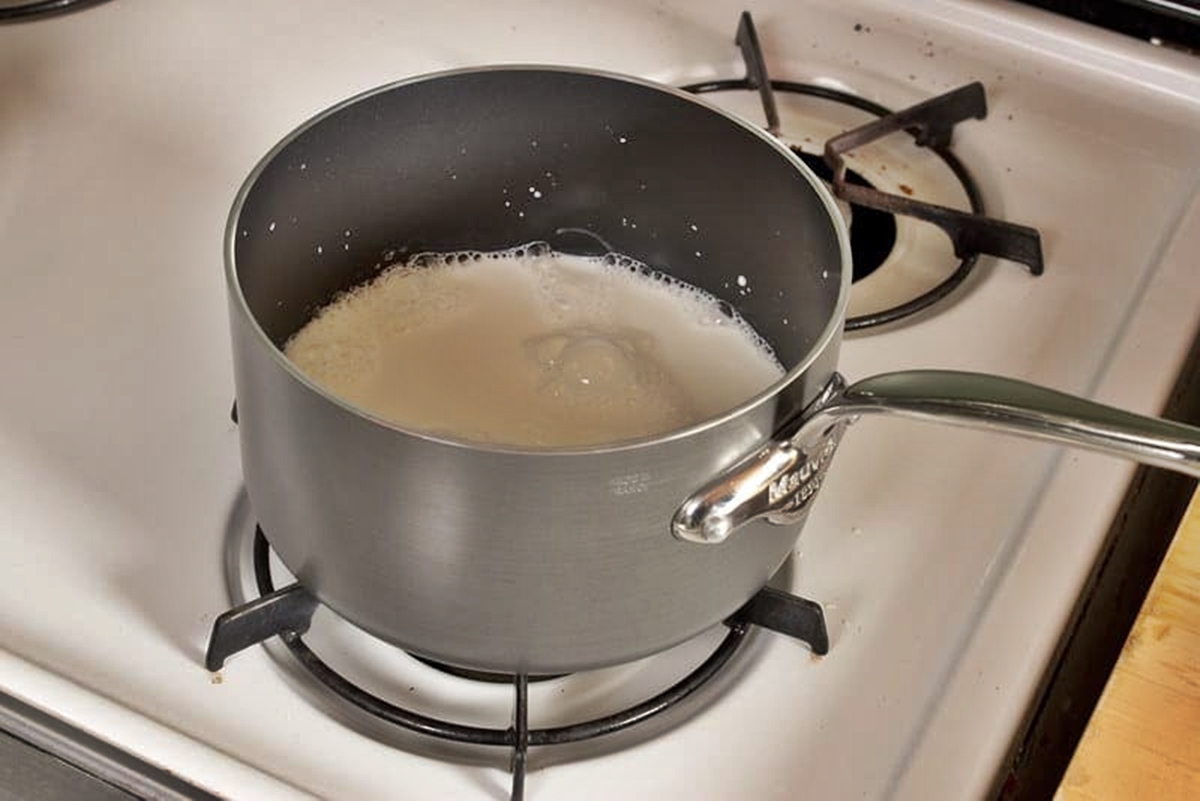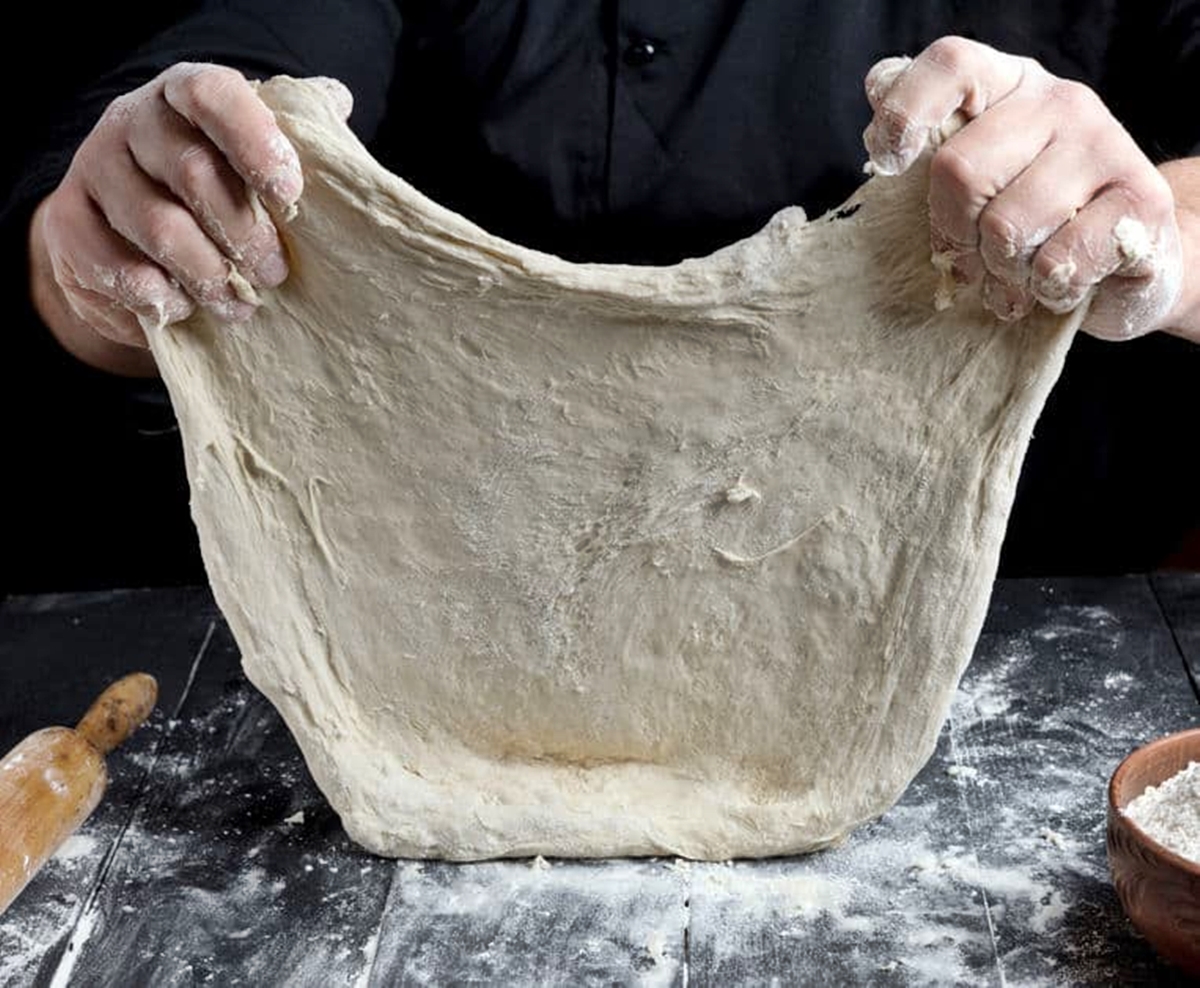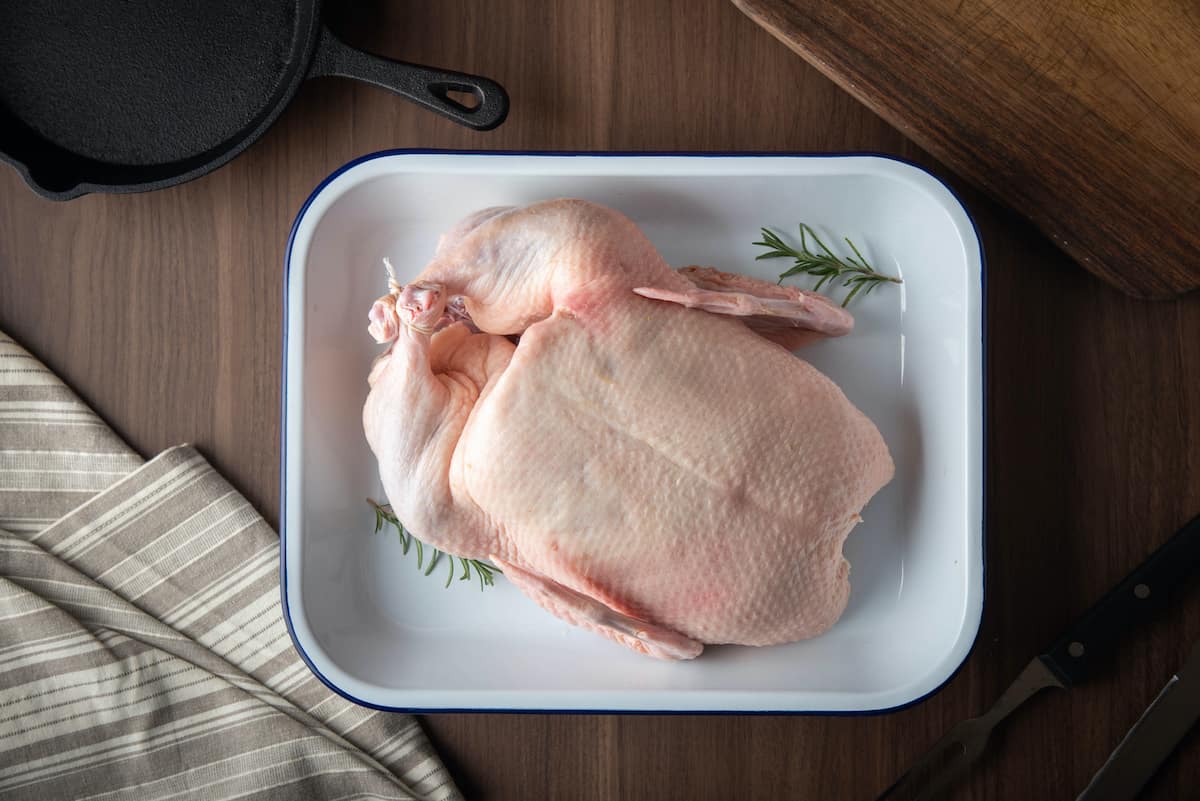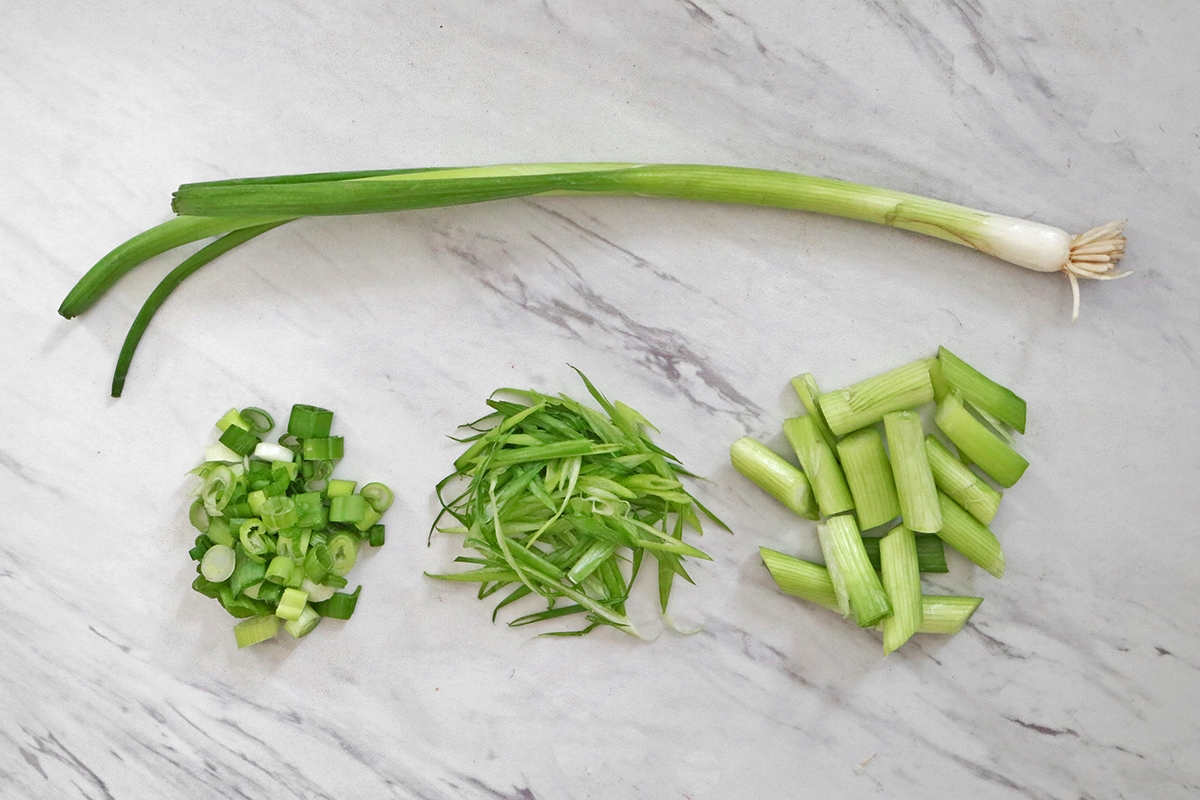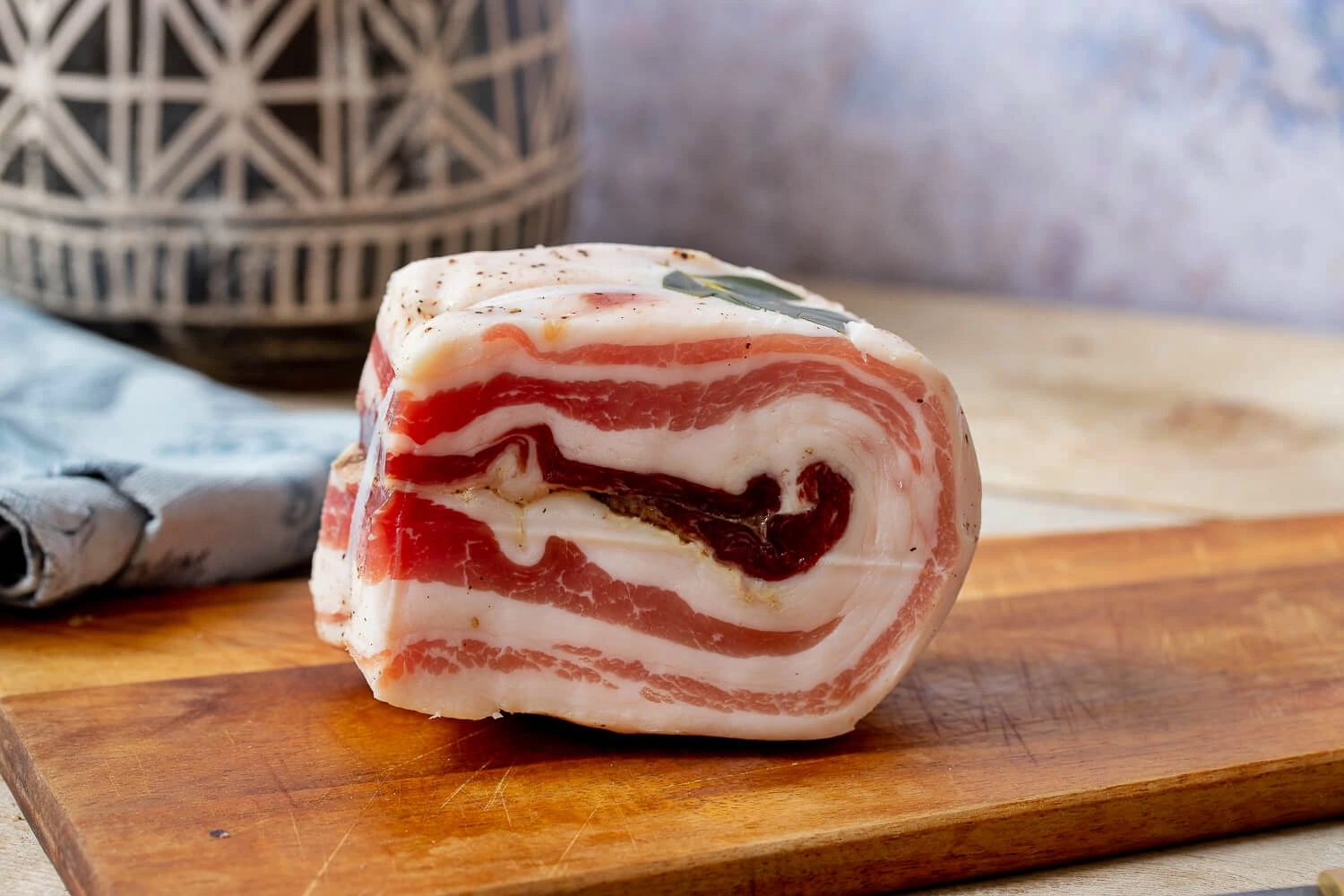Introduction to Berliner Weisse
Homebrewing has become a popular hobby for craft beer enthusiasts looking to elevate their drinking experience. If you are a fan of refreshing, tart, and slightly sour beers, then Berliner Weisse should definitely be on your brewing list. Originating from Berlin, Germany, this style of beer is renowned for its crispness and unique character. In this article, we will explore the fascinating world of Berliner Weisse and provide you with some valuable tips on how to successfully homebrew it.
The History Behind Berliner Weisse
Believed to have been first brewed in the 16th century, Berliner Weisse has a rich history that spans over several centuries. The beer gained popularity in Berlin during the 19th century and was often referred to as the “Champagne of the North” due to its effervescence and lightness. Traditionally, Berliner Weisse is brewed using a mixture of malted barley and wheat, resulting in a pale yellow color and a cloudy appearance. The addition of Lactobacillus bacteria during fermentation gives the beer its distinctive tartness.
Key Characteristics of Berliner Weisse
When it comes to Berliner Weisse, there are some key characteristics that set it apart from other beer styles:
- Tartness: Berliner Weisse is known for its refreshing and tangy taste, which is achieved through the addition of Lactobacillus bacteria. The sourness is balanced by a crisp and clean finish.
- Light and Effervescent: This beer is typically low in alcohol content, ranging from 2.8% to 4.5% ABV, making it a great choice for those seeking a lighter brew. It also possesses a lively carbonation, creating a refreshing mouthfeel.
- Aromas and Flavors: Berliner Weisse exhibits citrusy and fruity aromas, with flavors ranging from lemon and grapefruit to green apple and peach. The wheat used in brewing contributes to a slight breadiness.
Homebrewing Tips for Berliner Weisse
Now that you have an overview of the Berliner Weisse style, here are some tips to help you successfully brew this delicious beer at home:
- Choose the Right Ingredients: Opt for a blend of malted barley and wheat in your grain bill to achieve the characteristic cloudy appearance and slight bready flavors. Use a Berliner Weisse yeast strain and consider adding fruit if you want to experiment with flavors.
- Use Lactobacillus for Souring: To achieve the signature tartness, introduce Lactobacillus bacteria during fermentation. There are various methods to introduce the bacteria, such as using probiotic capsules or pre-made cultures.
- Control Fermentation Temperatures: Berliner Weisse thrives at lower fermentation temperatures, typically around 68°F (20°C). This will allow the bacteria and yeast to work together to create the desired flavors.
- Patiently Age the Beer: After primary fermentation, let your Berliner Weisse age for a few weeks to develop more complex flavors and allow the sourness to mellow out. This will ensure a well-balanced final product.
- Carbonate Appropriately: Berliner Weisse should have a lively carbonation. Consider using priming sugar or force carbonation methods to achieve the desired effervescence.
Enjoy the Fruits of Your Labor
Berliner Weisse is a remarkable beer style that deserves a place in every homebrewer’s repertoire. With its tartness, light body, and refreshing qualities, it is an excellent choice for summer sipping or pairing with various cuisines. By following the tips outlined above and experimenting with different ingredients, you can create your own unique version of this classic German beer. Embrace the art of homebrewing and elevate your beer-drinking experience with Berliner Weisse!
